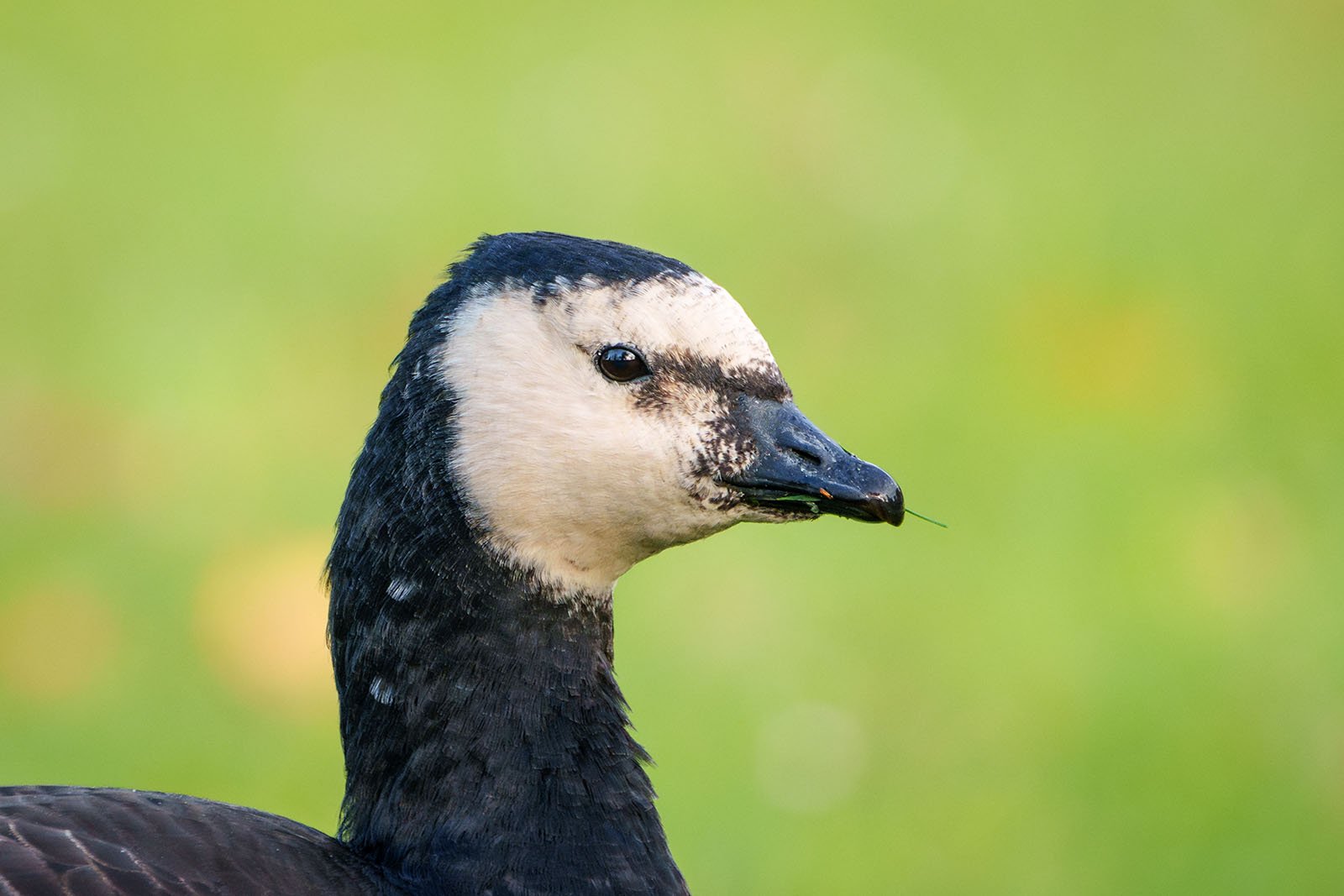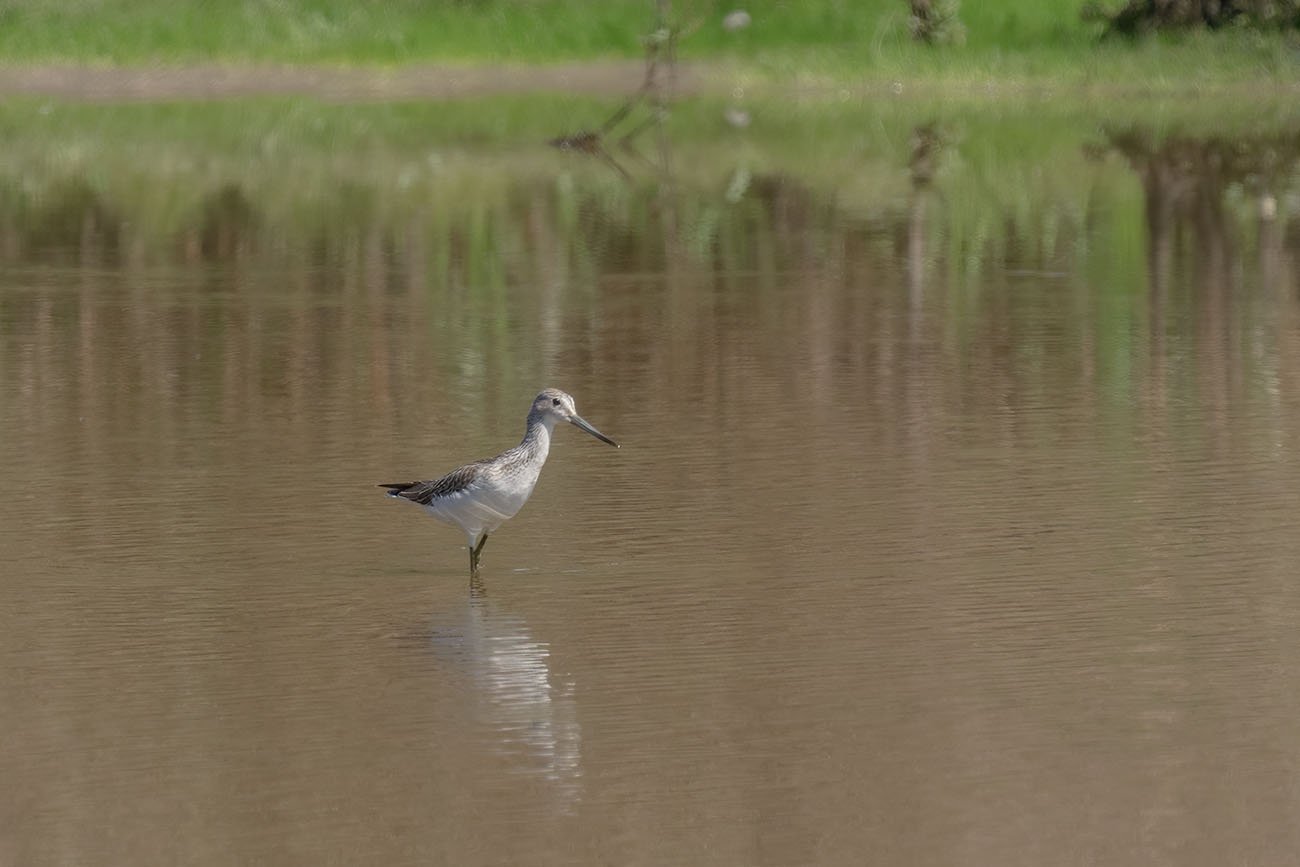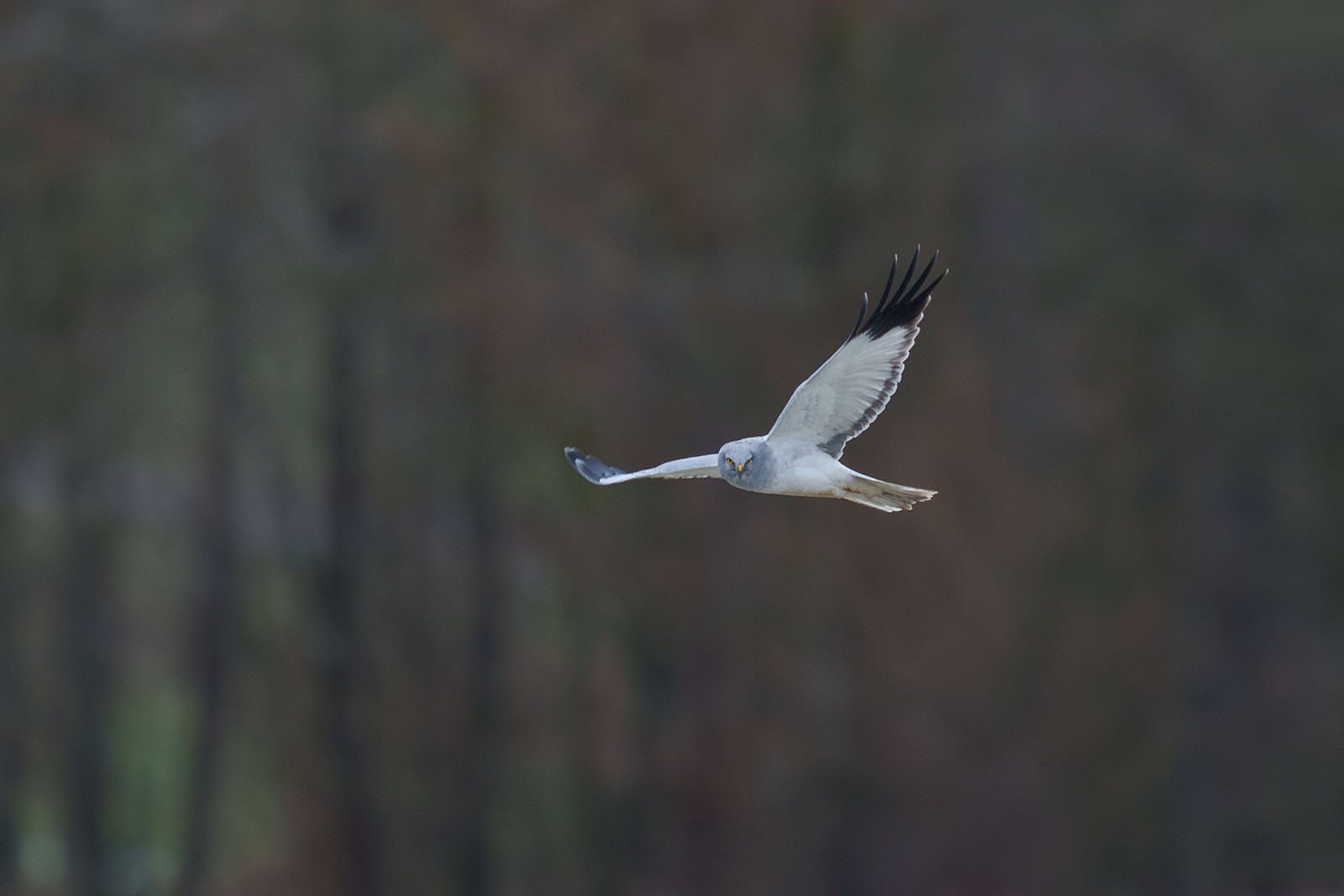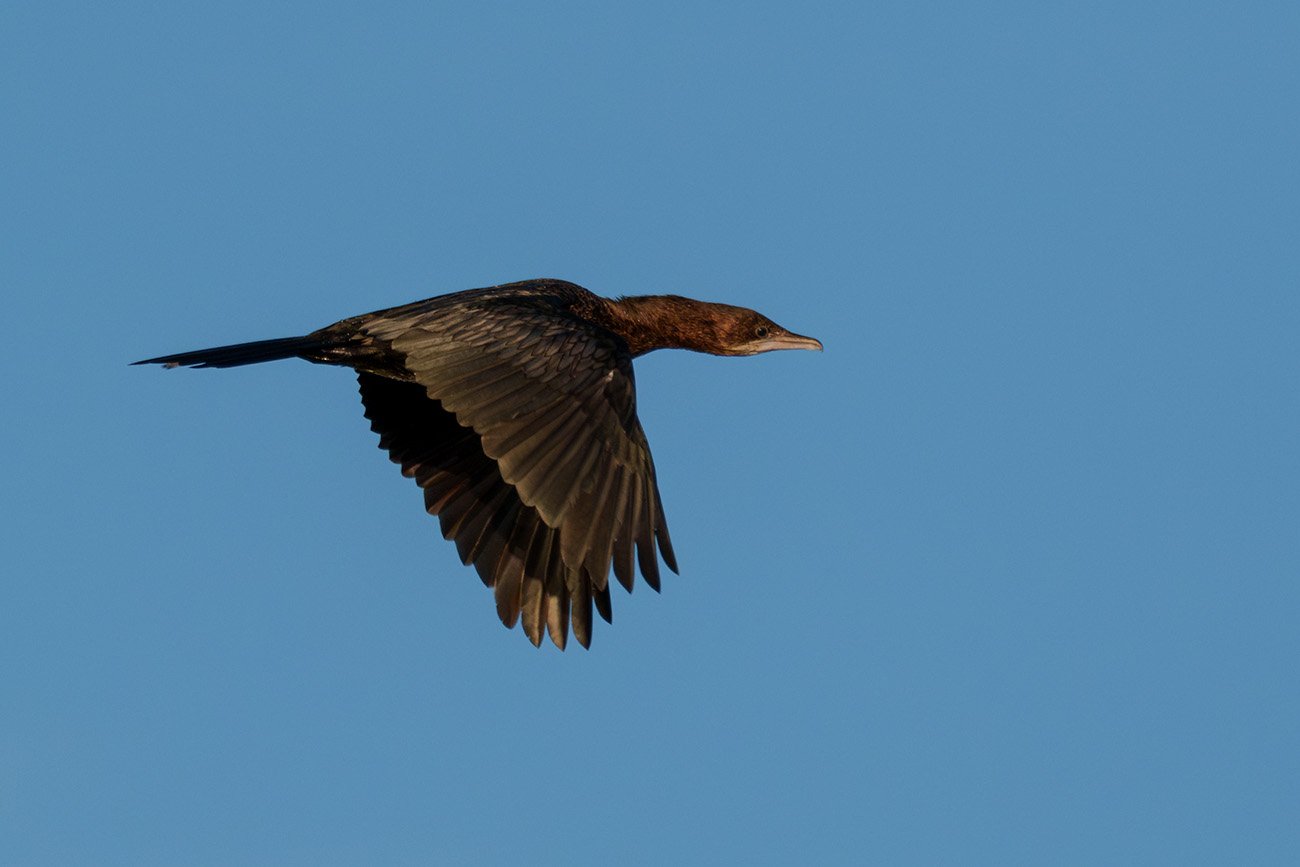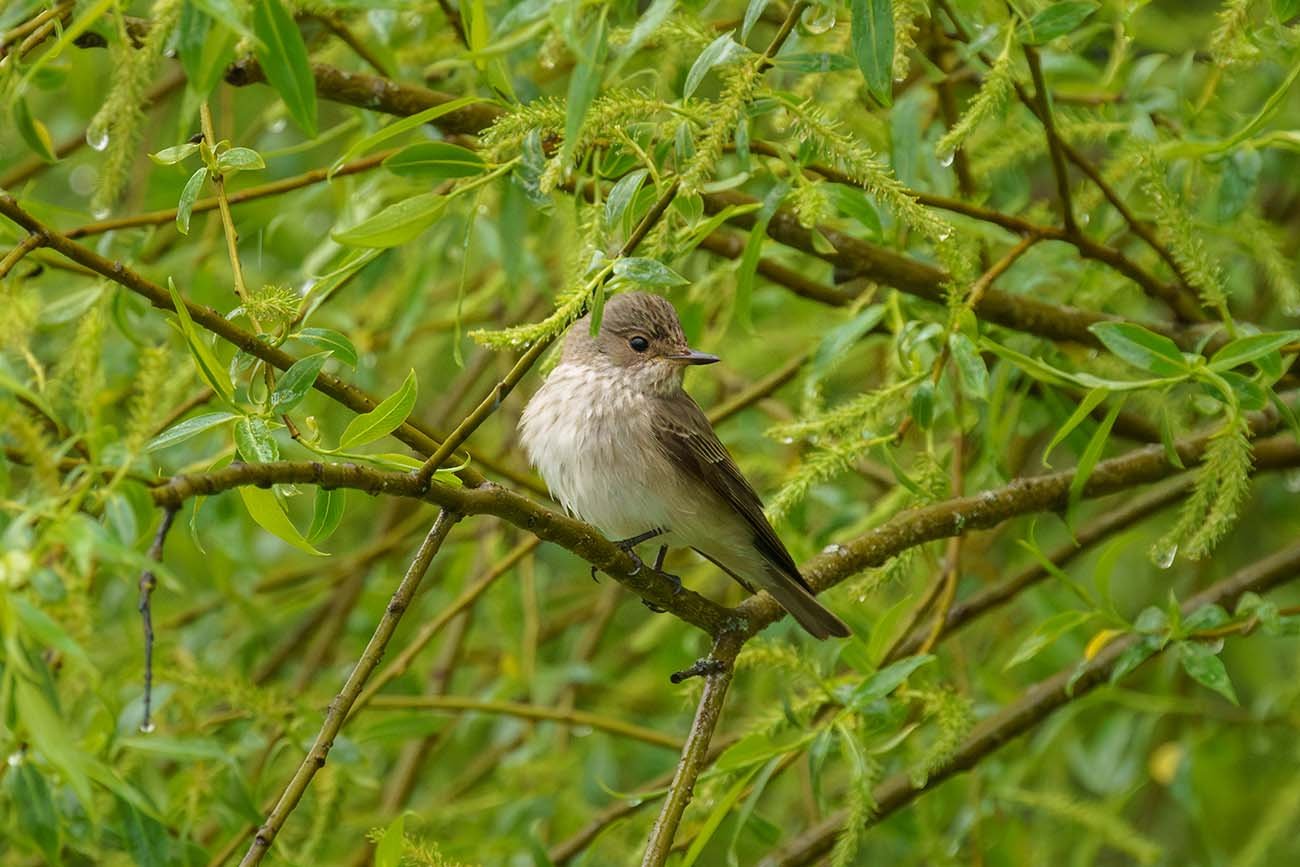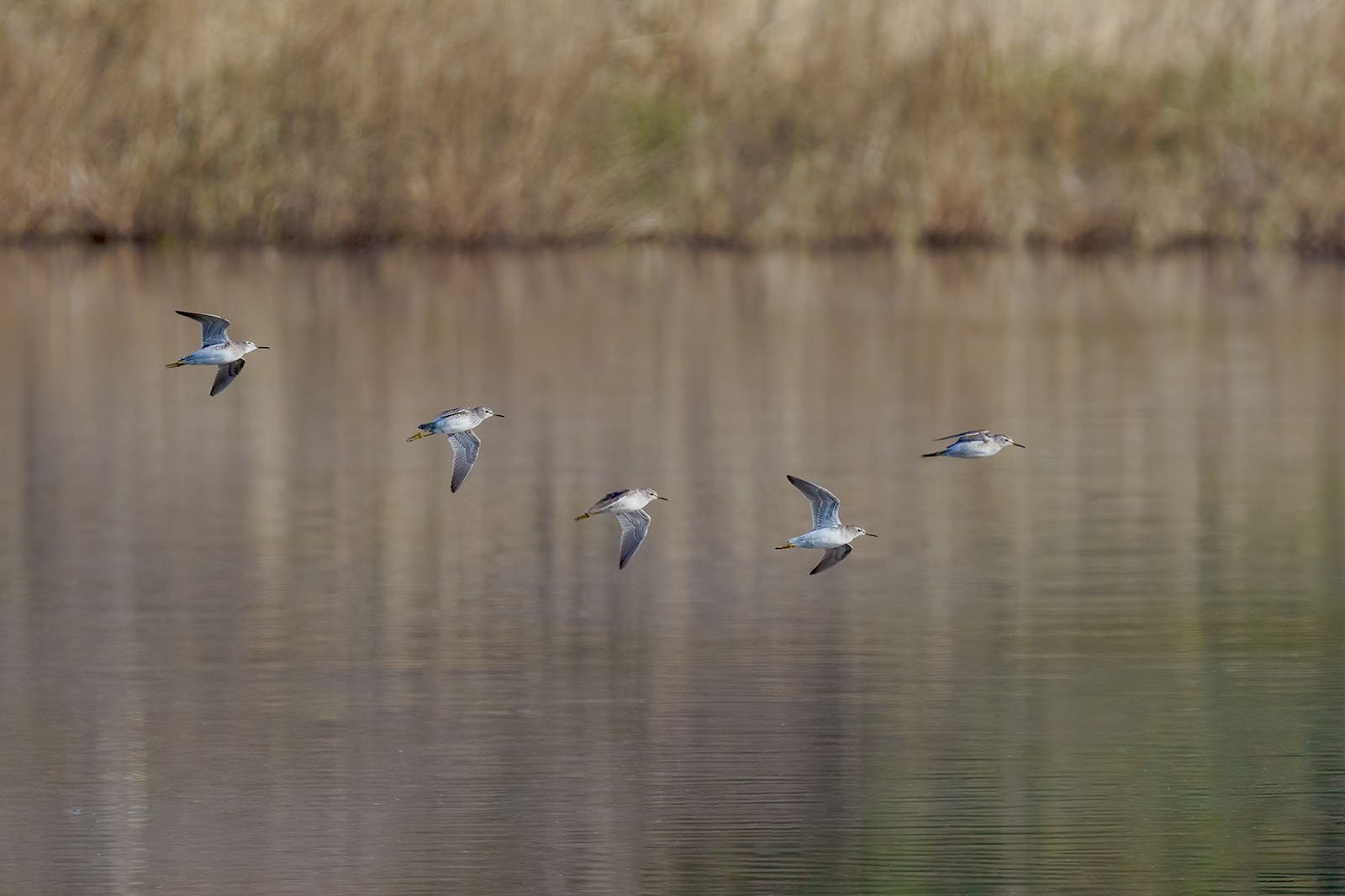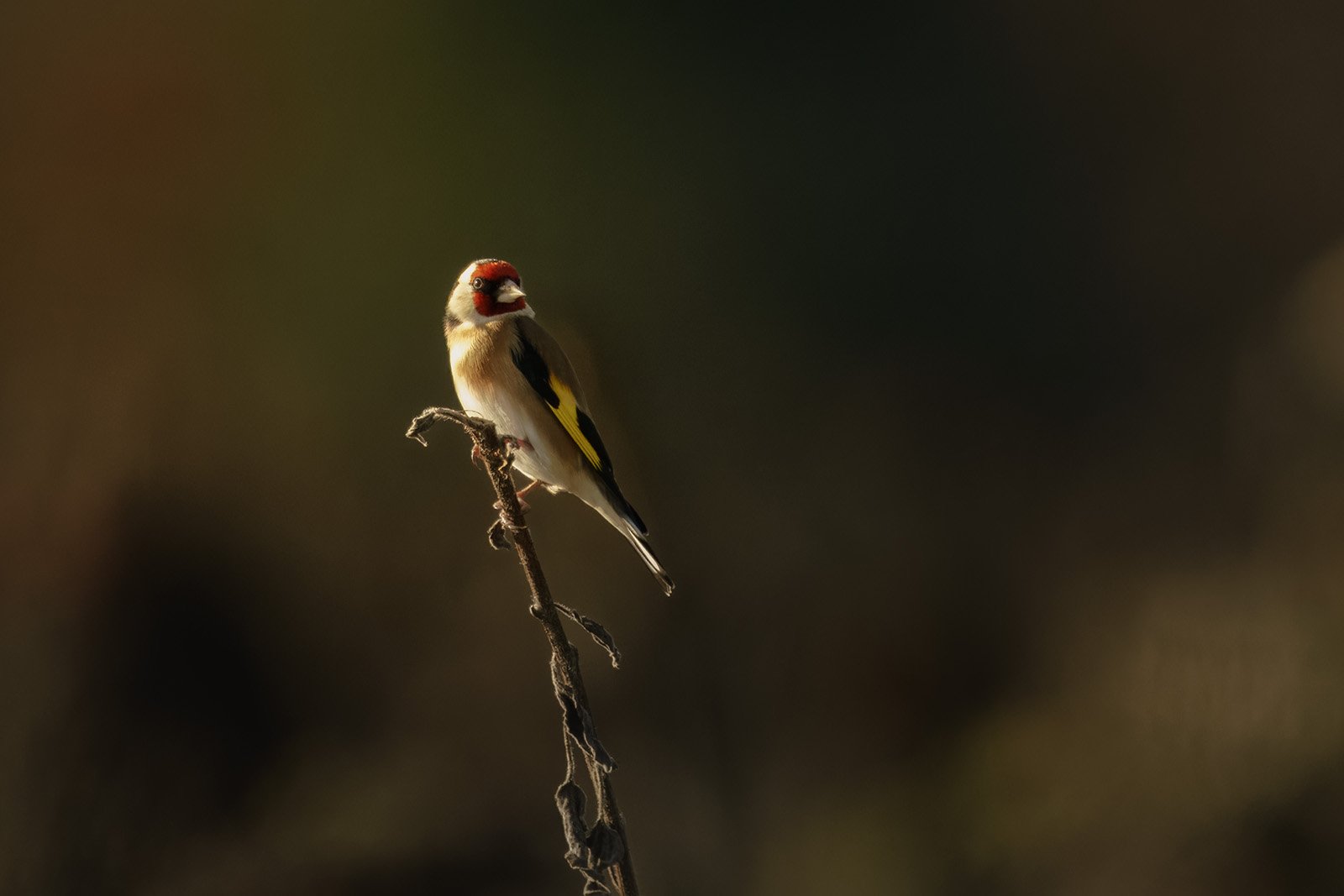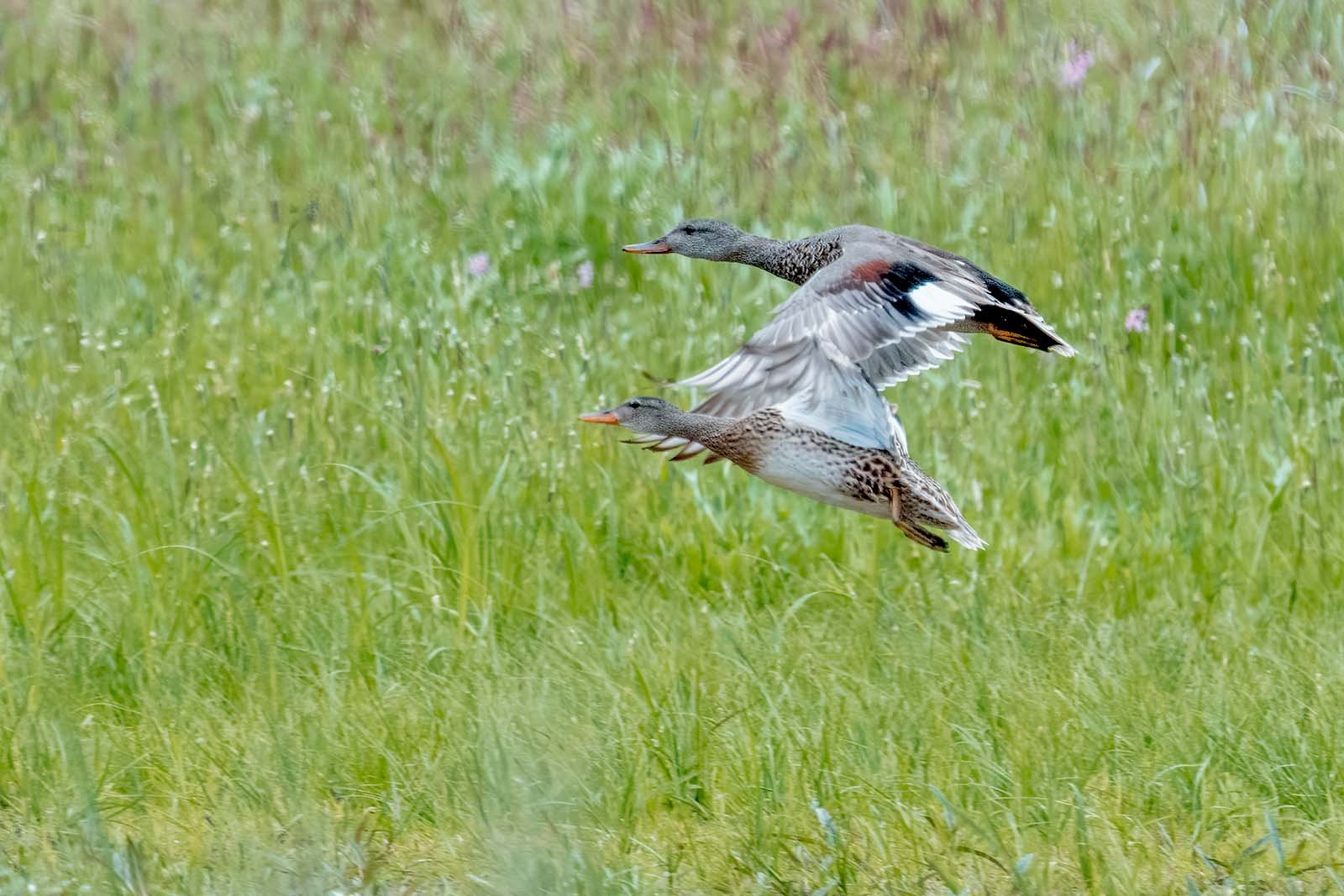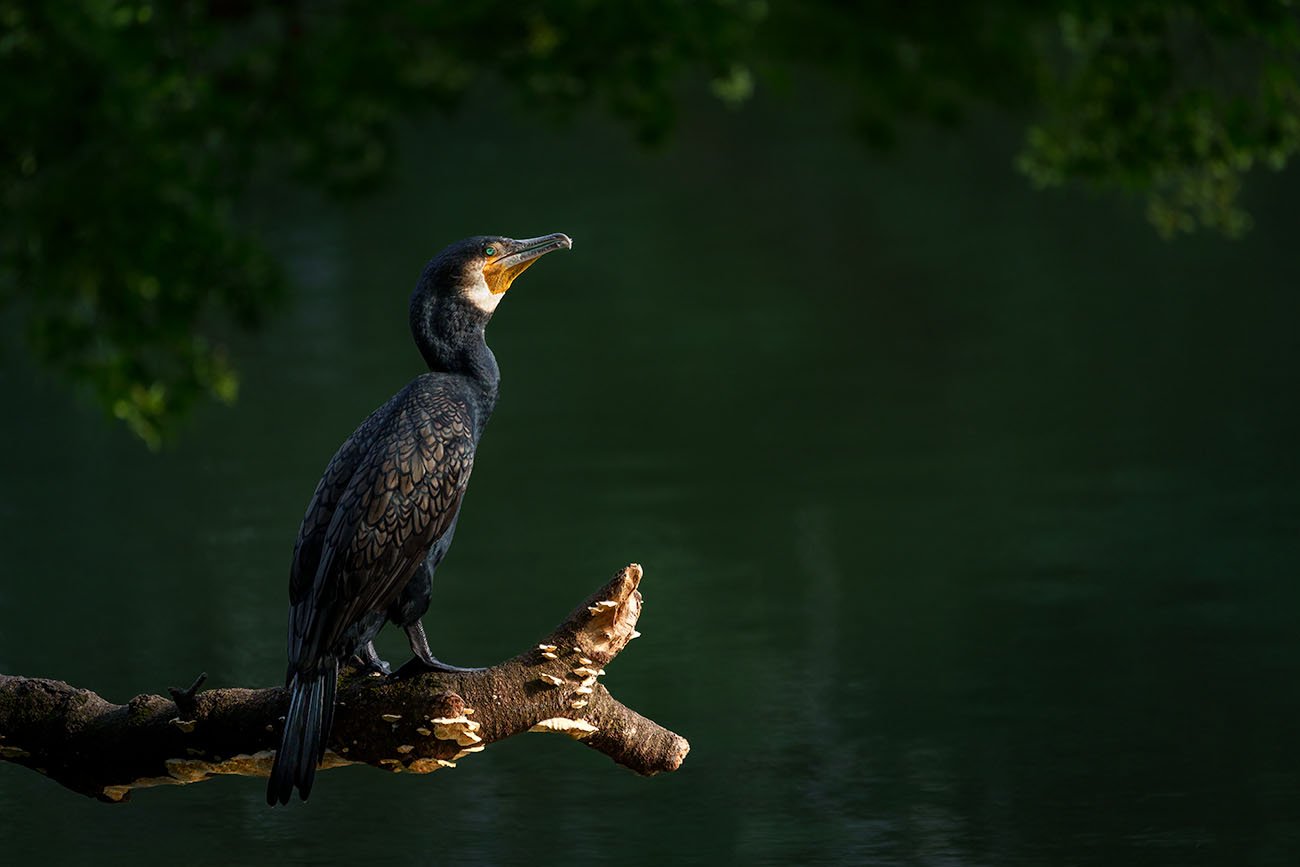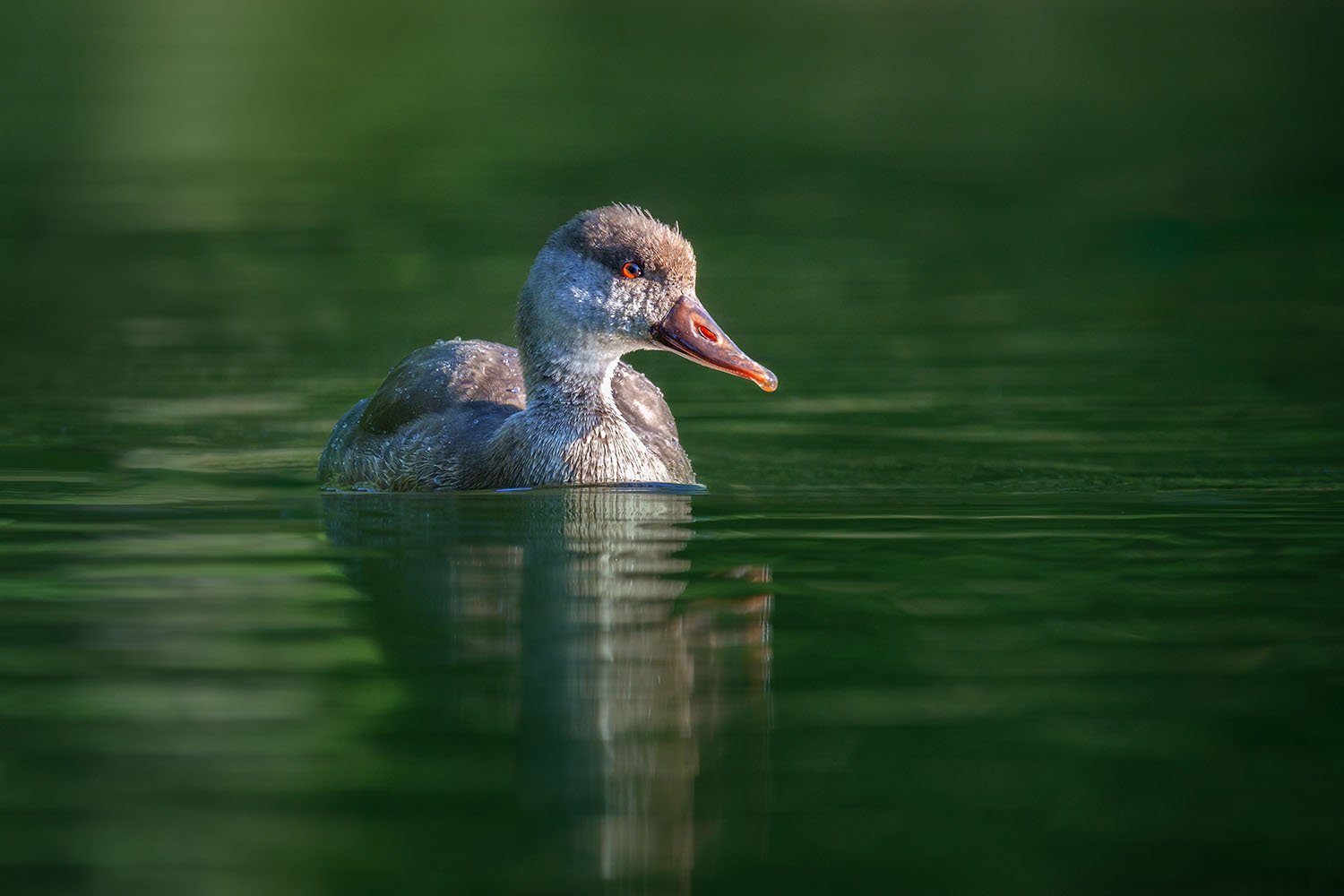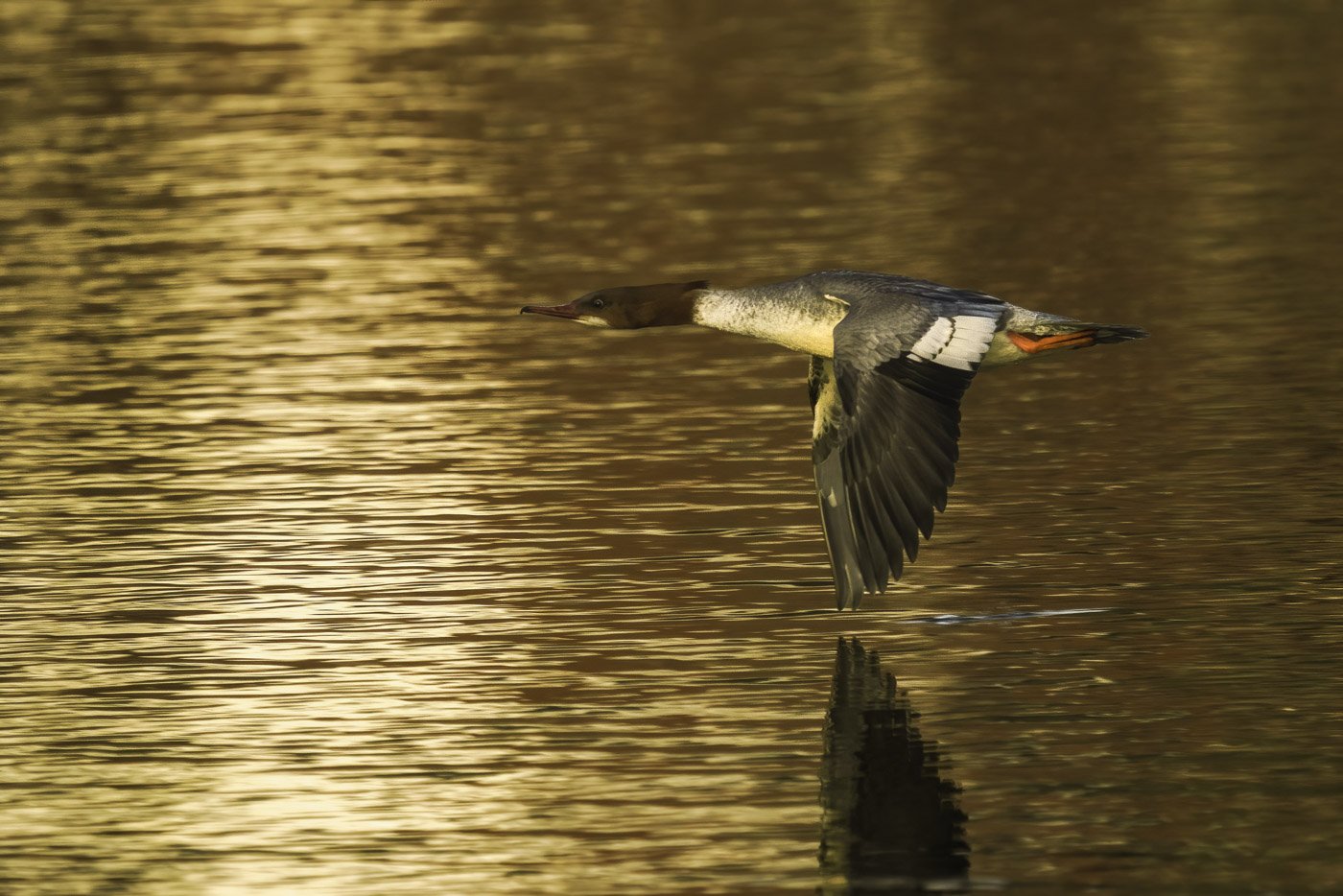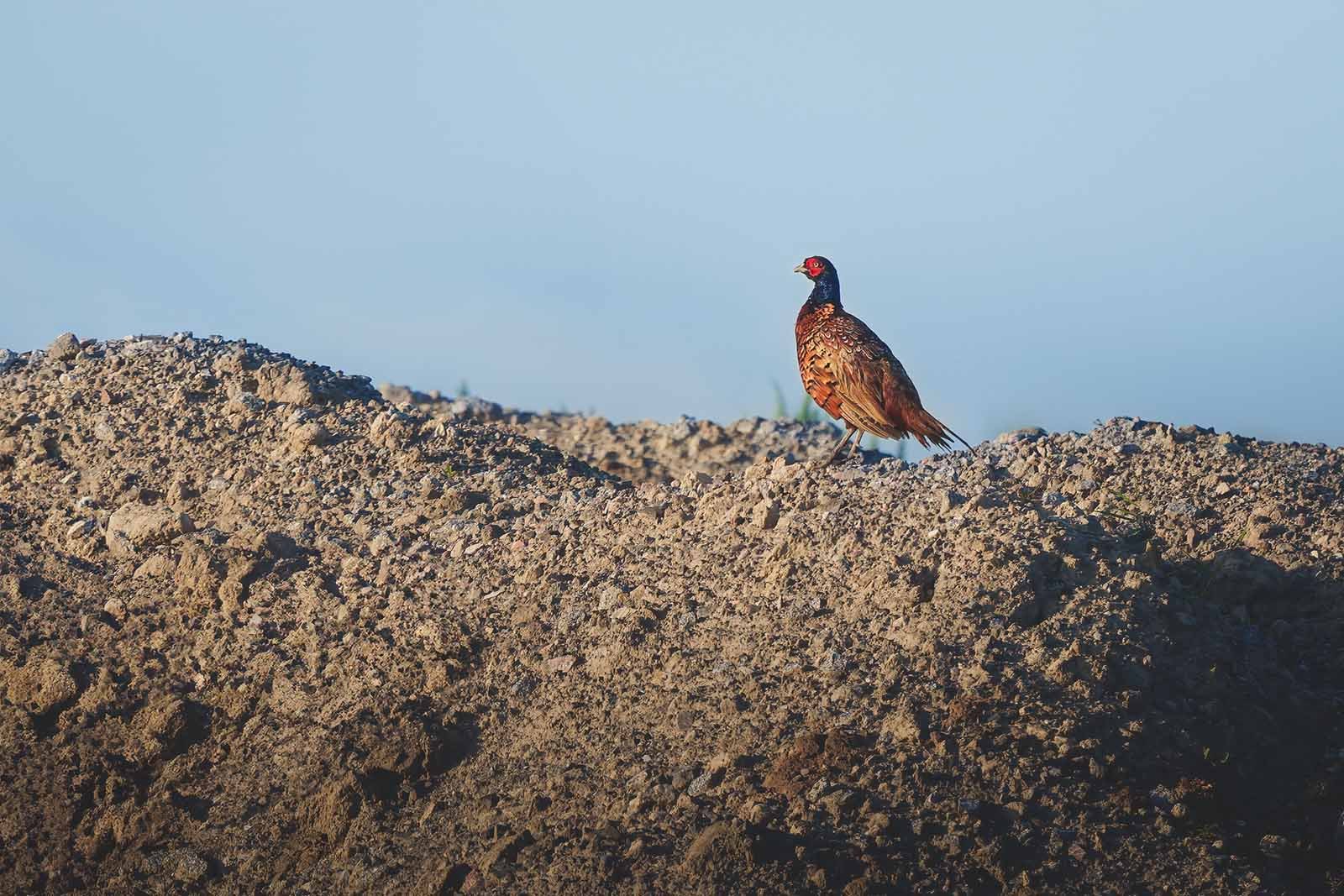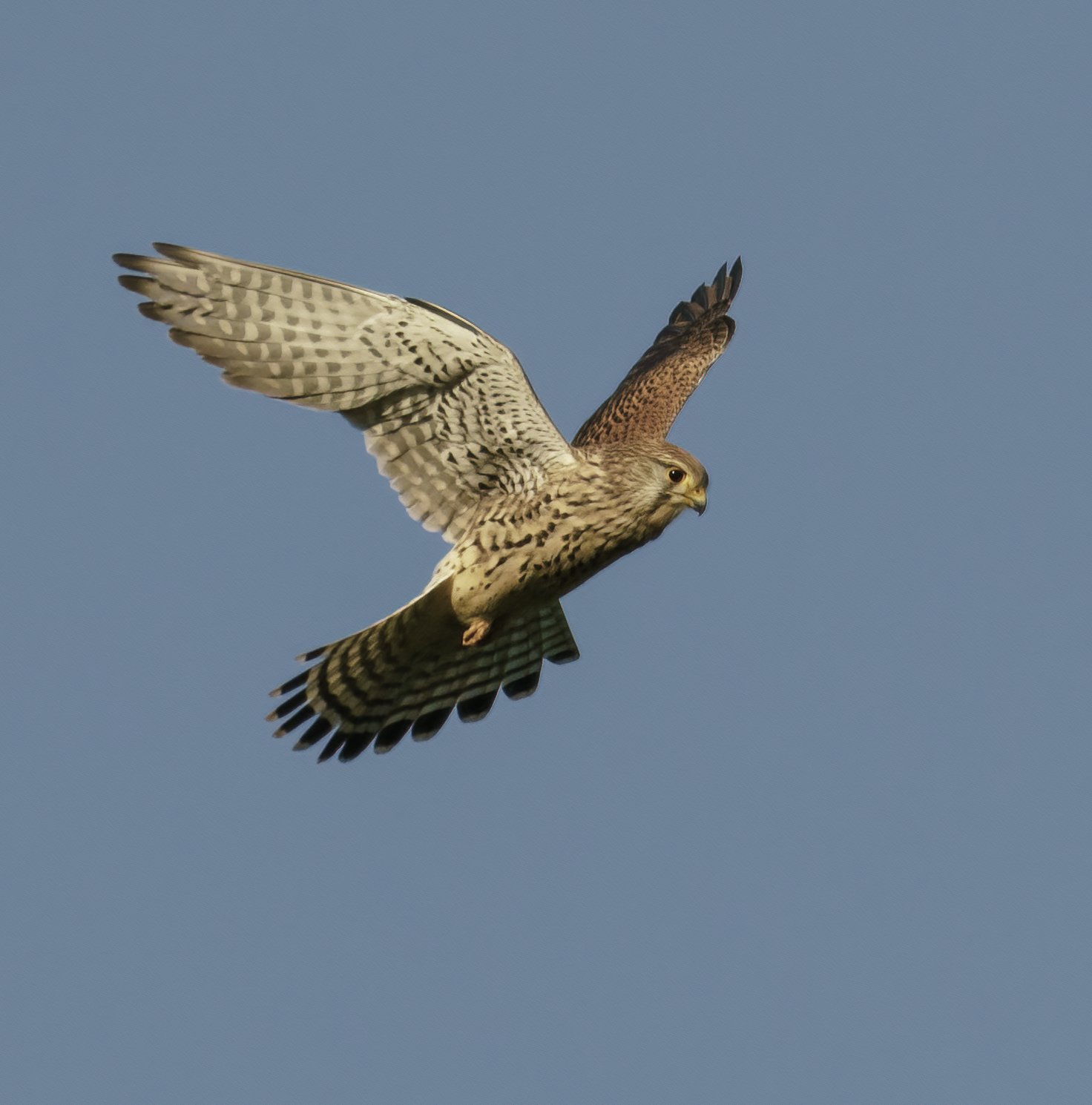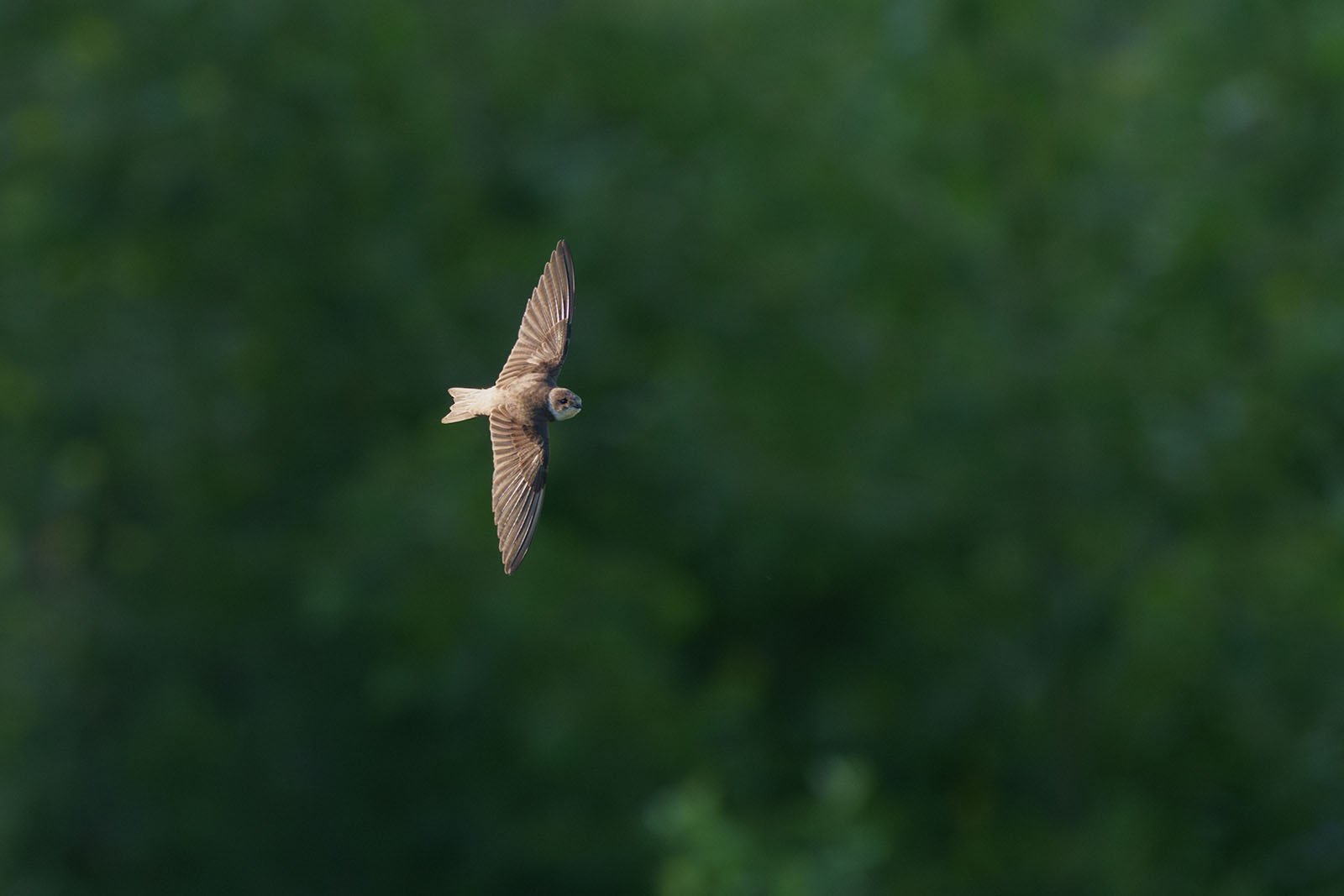Common sandpiper (Actitis hypoleucos)
Common Sandpiper (Actitis hypoleucos) on a dead tree
Key Facts
- Size: 18–20.5 cm
- Features: Small, short-legged wader with a white wing stripe in flight
- Habitat: Riverbanks, often in mountainous areas
- Breeding: Well-hidden nest in plant cover near the shore
- Diet: Insects, spiders, small crustaceans
Common Sandpiper (Actitis hypoleucos) – The Quick Runner by the Riverbanks
Table of Contents
- Introduction: The Common Sandpiper – A Skilled Hunter by the Water
- Features and Appearance: How to Identify the Common Sandpiper
- Habitat and Range: Where the Common Sandpiper Lives
- Behavior and Diet: A Master of Camouflage and Speed
- Breeding: Well-Hidden Nests by the Water's Edge
- FAQ: Frequently Asked Questions About the Common Sandpiper
- Shortlist – Color Characteristics
1. Introduction: The Common Sandpiper – A Skilled Hunter by the Water
The Common Sandpiper is a small wading bird known for its compact body and quick, jerky movements. Often seen along natural riverbanks and gravel shores, it swiftly moves across the ground in search of food. Its modest plumage blends perfectly with its rocky and sandy surroundings, making it well camouflaged. A key identifier of the Common Sandpiper is its unique flight pattern, alternating between rapid wingbeats and brief glides.
2. Features and Appearance: How to Identify the Common Sandpiper
The Common Sandpiper measures 18 to 20.5 cm and can be recognized by its simple yet effective coloring:
Plumage:
The upper side of the Common Sandpiper is a plain brown, which may have a slight bronze sheen during the breeding season. The underside is white, creating a striking contrast. The white breast extends upward in a wedge shape toward the wings. In flight, a clear white wing stripe is visible, making the bird easy to identify. Juveniles have paler feather edges, giving them a more speckled appearance.Beak:
The beak is strong, slender, and straight, with a dark color. This beak shape is perfect for picking up insects and small crustaceans, which make up the majority of the bird’s diet.Eyes:
The eyes are dark, giving the bird a keen and alert expression. Unlike many other waders, the Common Sandpiper does not have a prominent eye-ring.Feet:
The legs and feet are short and gray-brown, allowing the bird to move quickly and nimbly over gravelly or sandy ground.
3. Habitat and Range: Where the Common Sandpiper Lives
The Common Sandpiper prefers open shorelines that are sparsely vegetated and made up of gravel or sand. It is commonly found along rivers, in mountainous areas, and around lakes with natural banks. These habitats offer ideal feeding grounds as well as well-camouflaged nesting sites.
4. Behavior and Diet: A Master of Camouflage and Speed
The Common Sandpiper is known for its rapid, jerky movements. As it runs, it often bobs its body up and down, a typical behavior of this species. It searches for food along the shore or just below the water’s surface, skillfully picking up insects, spiders, and small crustaceans. In flight, it alternates quickly between fluttering wingbeats and short glides, often staying just above the water.
5. Breeding: Well-Hidden Nests by the Water's Edge
The Common Sandpiper builds its nest well hidden in dense vegetation by the water’s edge, often under clumps of grass or between stones. The nest is a simple, shallow scrape lined with plant material. The eggs are well camouflaged, blending perfectly with the ground, which helps protect them from predators. A clutch typically consists of four eggs, incubated by both parents.
6. FAQ: Frequently Asked Questions About the Common Sandpiper
1. Where can I best observe the Common Sandpiper?
The Common Sandpiper is best seen along natural riverbanks, gravel shores, and lakes with sparse vegetation.
2. What does the Common Sandpiper mainly eat?
It primarily feeds on insects, spiders, and small crustaceans, which it skillfully picks up along the shore.
3. How can I identify the Common Sandpiper in flight?
In flight, the Common Sandpiper shows a clear white wing stripe and alternates between rapid wingbeats and brief glides.
4. Where does the Common Sandpiper build its nest?
Its nest is hidden in the plant cover near the shore, often under grass clumps or in shallow scrapes between stones.
5. What is typical of the Common Sandpiper’s behavior?
It is known for its quick, jerky running movements and constant bobbing while searching for food.
7. Shortlist – Color Characteristics
Plumage:
- Upper side: Brown camouflage, with lighter feather edges in juveniles
- Underneath: White
- Flight: Distinct white wing stripe
Beak:
- Strong, slender, dark
Eyes:
- Dark, without a prominent eye-ring
Feet:
- Gray-brown, relatively short
The Common Sandpiper is a fascinating shorebird, admired for its effective camouflage and swift movements. Whether at riverbanks or on gravel shores, it’s a captivating bird to observe for birdwatchers and nature enthusiasts alike.


